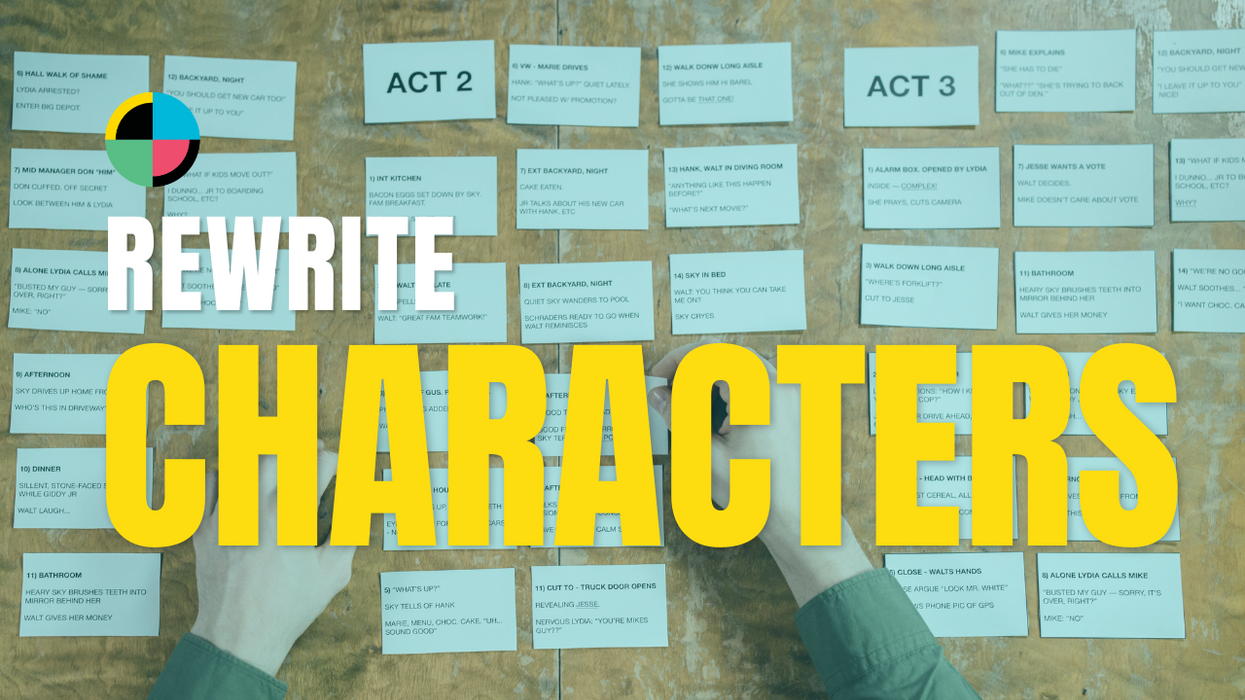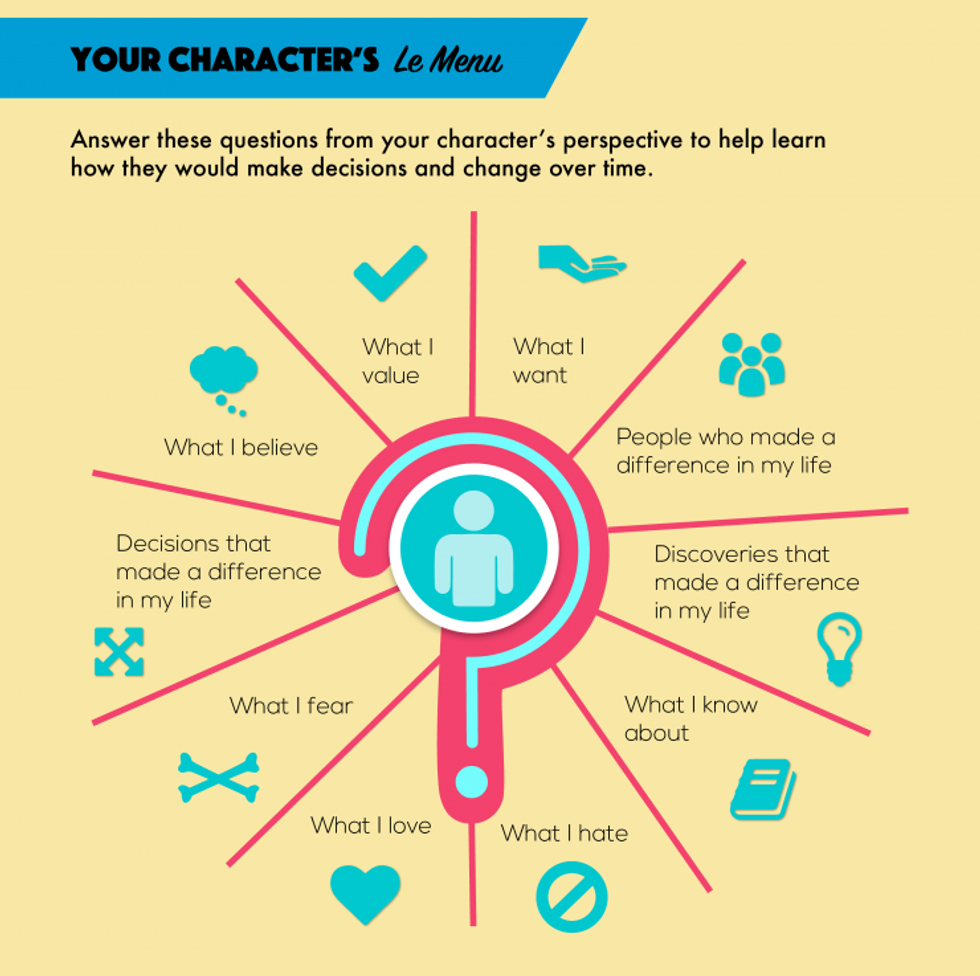How to Improve the Characters in Your Screenplay
Don't let your characters get away from you.

Everyone has a favorite character from movies or TV. They have someone they identify with, who inspired them, helped them dream, or even gave them nightmares. Characters are central to all storytelling. Oftentimes, they can be mirrors of writers' struggles or personalities. They are the heartbeat of any narrative.
But what happens when you're done a few drafts, and your characters still don't feel cohesive? How do you rework and write them in a way that allows them to pop inside your story?
Today I'm going to go over how to improve the characters in your screenplay. We'll look at some strategies, tips, and just what it means to have someone fully fleshed out on the page.
Let's get started.
How to Improve the Characters in Your Screenplay
Before we get there, I'm going to tell you that I've been here too.
Do you know where I'm talking about? That feeling where you're done with the plot in your screenplay, but the feedback you're getting is that people are bumping on certain characters and their motivations. The thing that I do when I'm in this pickle is I go back to how I developed the character first. If you're a stan of No Film School, you know I am a hardcore believer in the Le Menu, and using it to lead your characters.
The Character Le Menu
At the beginning of Crafting Short Screenplays that Connect by Claudia Hunter Johnson, there is an exercise the writer refers to as “Le Menu.” It asks the reader to fill out a survey to figure out what kinds of stories they should write. Instead of filling out the Le Menu for yourself, I'd ask the writer to pretend to be the character and then write five to ten answers to:
- What I love
- What I hate
- What I fear
- What I believe
- What I value
- What I want
- What I know about
- People who made a difference in my life
- Discoveries that made a difference in my life
- Decisions that made a difference in my life
Once you have these answers, see if they actually are tangible inside your screenplay. Do we actually see, hear, and feel these answers?
Character Development Worksheet
As we get deeper into improving your character, be open to the fact that while you may love your plot, you might need to redevelop the people who star inside it. There are times when you're so worried about the plot making sense you might skimp on the scenes that show who these people are and what's driving them.
When you're trying to come up with a character or trying to continue their growth throughout a story, it can be hard to track.
So we put together a character development worksheet for you. It should be a helpful reminder of interesting ways you can add to your character or just details that the audience can identify with as you move forward.
The Character Map
After you do all the thinking and listing, I like to go through my plot to make sure my character is actually arcing along with the story. This simultaneous arc will help you and your readers find those moments that make your characters pop. Lots of times, I find that I have not put my characters into a difficult enough situation to cause them to arc or cause the audience to root for them.
So I created this map that goes along with our screenwriting outline. Each outline twist has a character moment to go next to it. Hopefully, it inspires you to push your characters further.
- Unraveling the Map - Introduce us to your characters in the beginning and show us who they start the screenplay as and what are their personality traits.
- The Launch Point - Put your character in a situation where their shortcomings are evident. Show us how their problems will be exposed.
- The First Leg - Put your character in situations where they learn to be different - ease them into it.
- Change Course - Let your character embrace this new version of themselves and see how it can help them.
- The Foot of the Mountain - What can the new and improved person accomplish?
- Climbing the Side - As they go through the story show pushback on who they are versus who they used to be. Should they continue to change?
- Through the Cave - Shed some light on the new person and how these new traits change the world.
- Reassess the Problem - Is there a way for the new version of the character to confront old problems? Or will they revert to who they used to be?
- Try and Fail - Let the arc put the character in new and terrible situations. Let them fail at things where they used to succeed.
- The Fall - How does their new self completely ruin what they wanted? Did they go too far? What can they learn?
- The Hidden Clue - What personal conclusion did their emotional journey lead to that they need to embrace now?
- Race to the Finish - Now, as their fulfilled self, they can tie the plot up.
- The Treasure Chest - Do they change?
- Where We Go from Here - Keep your options open for how that person can continue to change in the future.
Summarizing Redeveloping Your Character
There will always be notes on your script. You'll get them from the director, producer, and cast. And you'll make adjustments on the fly when you're actually shooting.
It's not easy to rework characters within a story, but it is a skill you must master if you want to get ahead. There are a lot of different strategies, and if you have ones that work, I encourage you to put them in the comments. I want everyone to work together here to find the best processes we can beg, borrow, and steal from to create our best work.
Now go get back to writing.



















